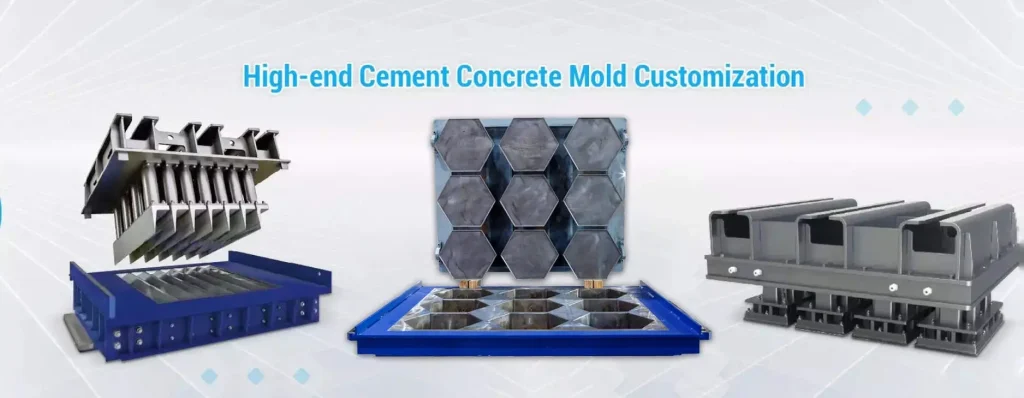How to Remove Mold from Cement Block Walls
8月 7, 2025
Cement block walls are common in basements, garages, and utility structures due to their strength and affordability. However, these porous surfaces are prone to mold growth in damp or poorly ventilated environments. Mold on cement block walls not only looks unpleasant but can also compromise indoor air quality and long-term structural integrity. In this article, KBL Machinery shares practical steps to remove mold and explains how modern cement block-making machine technology helps reduce mold risk at the source.

Why Mold Grows on Cement Block Walls
Cement blocks, especially when unsealed, can absorb moisture from the air, ground, or nearby leaks. This retained moisture creates an ideal environment for mold spores to settle and thrive. If untreated, mold can penetrate deeper into the block, making it more difficult to clean and more likely to return.
Understanding the block’s material composition is important. Cement blocks manufactured using outdated or low-compaction methods are more porous and prone to mold. In contrast, modern cinder block-making machines produce denser, water-resistant blocks that reduce long-term moisture issues.
How to Remove Mold Effectively
While mold removal can vary depending on severity and environment, the following method is widely recommended:
- Dry the Area
Use fans and dehumidifiers to reduce air moisture. Mold will return quickly if the area stays damp. - Wear Protective Gear
Gloves, goggles, and an N95 mask protect against spores during cleaning. - Prepare a Cleaning Solution
For light mold, use white vinegar or a mix of dish soap and water. For heavier mold, a solution of 1 cup of bleach to 1 gallon of water works well. - Scrub Thoroughly
Use a stiff-bristle brush to work the solution into the block surface, reaching into porous areas. - Rinse and Dry
Wipe down with clean water and let the wall dry completely. - Seal the Surface
Once fully dry, apply a waterproof masonry sealer to prevent future mold growth.
These steps not only clean existing mold but also help protect the surface over time. However, prevention starts before installation—with the right material and manufacturing quality.
The Link Between Mold Prevention and Block Quality
You may wonder: what is a machine for concrete block, and how does it relate to mold resistance?
A cement block-making machine forms the foundation of any block-based structure. High-end machines compress concrete to high density, reducing porosity and water absorption. This means less moisture retention and fewer conditions for mold to grow later on.
KBL Machinery produces automated, precision-controlled machines for concrete blocks that allow manufacturers to:
- Add water-repellent admixtures during mixing
- Control compaction levels for denser, stronger blocks
- Reduce surface irregularities that trap moisture
By choosing blocks produced with high-quality cinder block making machines, contractors and homeowners can significantly reduce the risk of mold in cement block structures.
Long-Term Mold Prevention Tips
Along with proper cleaning and sealing, consider these strategies:
- Install vapor barriers in basements
- Ensure exterior drainage slopes away from foundations
- Use dehumidifiers in humid climates
- Choose blocks made using modern cement block-making machines for structural projects
These efforts, when combined, create a comprehensive solution to mold control in cement block environments.
Choose KBL Machinery for Quality from the Start
At KBL Machinery, we believe mold prevention begins with better block manufacturing. Our machines deliver precision, efficiency, and structural integrity from the first press to final curing. Whether you’re supplying builders, running a precast factory, or scaling your construction business, our machine for concrete block solutions ensures you start with materials built to last.
For higher mold resistance, stronger structures, and smarter production—partner with KBL Machinery and bring industrial innovation to every block you produce.


